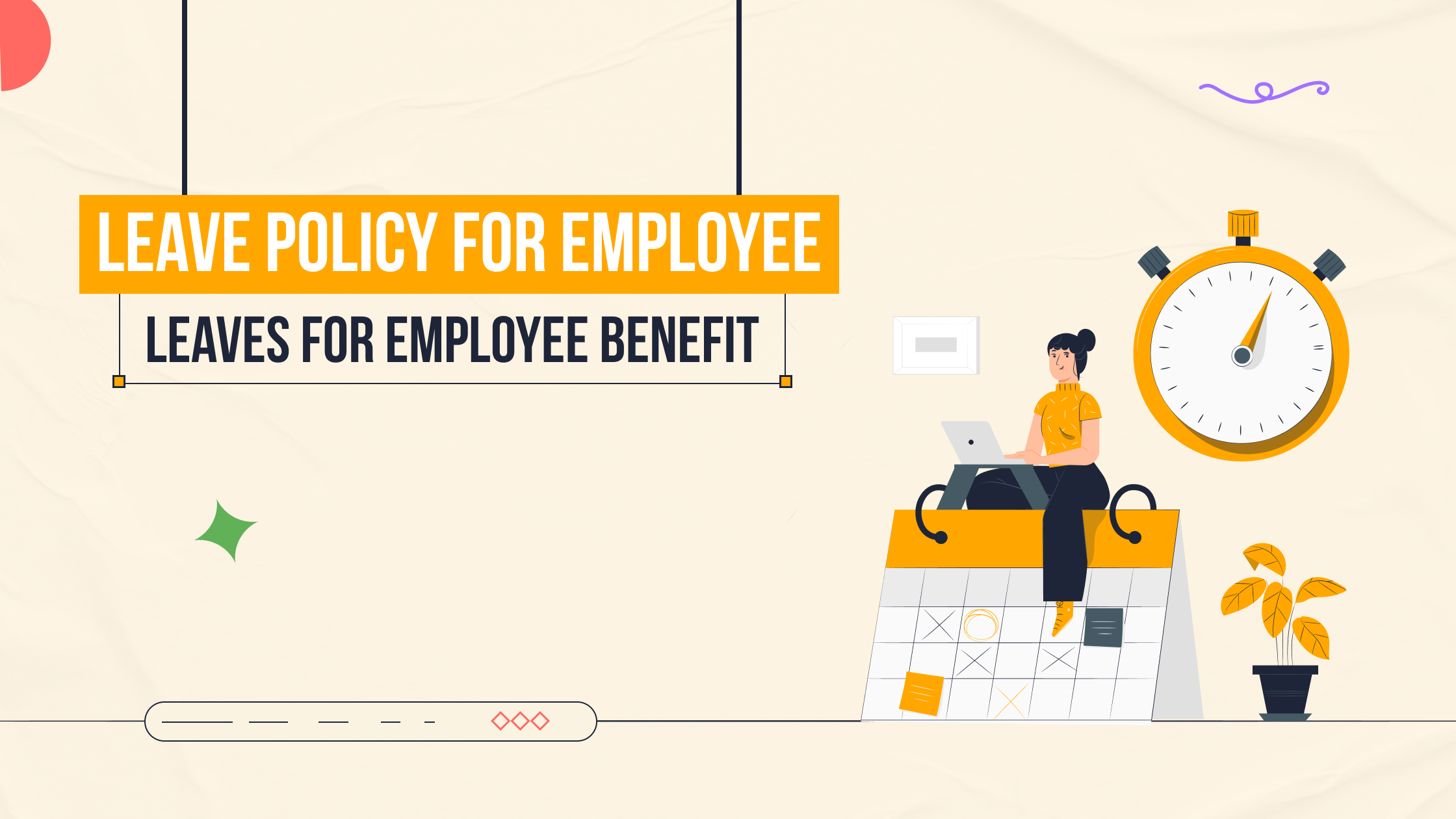UBS App is now Superworks

Employees of private and public sector companies are entitled to a specific number and various types of leaves per year excluding the holidays and day-offs. These leaves help the employees to maintain their work-life balance. The type and number of leaves are based on the employer and the industry you work in.
Amongst all the HR Policies, the leave policy grabs the utmost attention starting from the day one. Since employees tend to apply for leaves frequently, your organization’s leave policy is put to the test daily. In this blog, we will go through various aspects of the leave policy for employees.
A leave policy is a document for the employees that entitles all the rules and regulations related to the various types of leaves that an employee can apply for. A leaves policy contains leaves for various situations like vacations, maternity, sickness, grief, emergency, etc.
This policy lays down various rules for leaves like leave granting, eligibility, availing, encashment, etc. A leave policy is the clear reflection of its professionalism and culture through its tone, language, and friendliness quotient.
Different types of leaves vary according to the companies i.e., different companies have different leave types. However, the most common types of leaves are:
Sick leave or medical leave is the type of pay-off given by the companies to let the employee recover from the illness. These leaves are used by the employees to take rest at their homes without worrying about the loss of pay. To maintain the happy culture at your workplace, it is important that you also ask your employees to take a day off when they are not fine. Also, the employers must be flexible to the sick leaves and let the employees take longer sick leaves if they have severe health issues.
An employee can take casual leaves for vacation, rest, travel, or family events. Such leaves are given to the employees to take time-offs for any life events like traveling to another state or country, attending a wedding, or more. Casual Leaves make them feel appreciated in the organization as using these leaves they can prioritize their private lives when needed.
Maternity leave is a crucial period for moms, as they tend to their newborn and recover from birth. Make sure your leave policy allows for this kind of leave so that staff can focus on caring for their newborns without worrying about their jobs. In a perfect world, the mother should have 14 weeks to provide her the time she needs to care for the baby for the first three months.
Paternity Leaves are granted to the fathers, surrogate father, husbands or partners of a pregnant woman, or an employee who adopted a child. This leave is given to the employee to take care of their newborns with no worry of work. Unlike mothers, paternity leaves are granted for a maximum two weeks post delivery.
Your employee may still take a leave with a pay reduction even if they have taken more absences than they were permitted and the leave does not qualify as one of the special leaves, such as maternity or bereavement leave. The employee will get a pay reduction for any additional leaves taken during the year that are not paid leaves. Make sure you’ve made clear how many leaves the employee has and how much income is lost for each day of unpaid leave they take.
These are the most common types of paid leaves offered by any organization. However, the leave types may vary as per the rules of the company.
The purpose of the leave policy is to to set the guidelines in the company regarding:
Having a leave policy in an organization defines clarity and sets expectations. However, having a leave policy does not guarantee that all the leaves applied will be approved. It allows for a conversation for a leave between employee and employers.
Though the eligibility of the leave policy varies company to company. However, in most of the organizations, the leave policy is applied to all the regular employees of the company.
Having a leave policy in your organization can help you keep your employees aware about the guidelines of applying for a leave. Employee leaves can be tracked by a leave management system that is integrated with your HR software or HRMS. Payroll accuracy can also be ensured by using the saved data. The HR department can manage attendance and leaves more easily thanks to an employee leave monitoring system in HR software. Get access to the HR-related documents for free on the leading HRMS Software India.
We are here to help you find a solution that suits your business need.
Get a visual representation of how we work!
Schedule DemoOur sales expert is just one call away to meet your needs.
Get In TouchHave a question?
Chat with Us